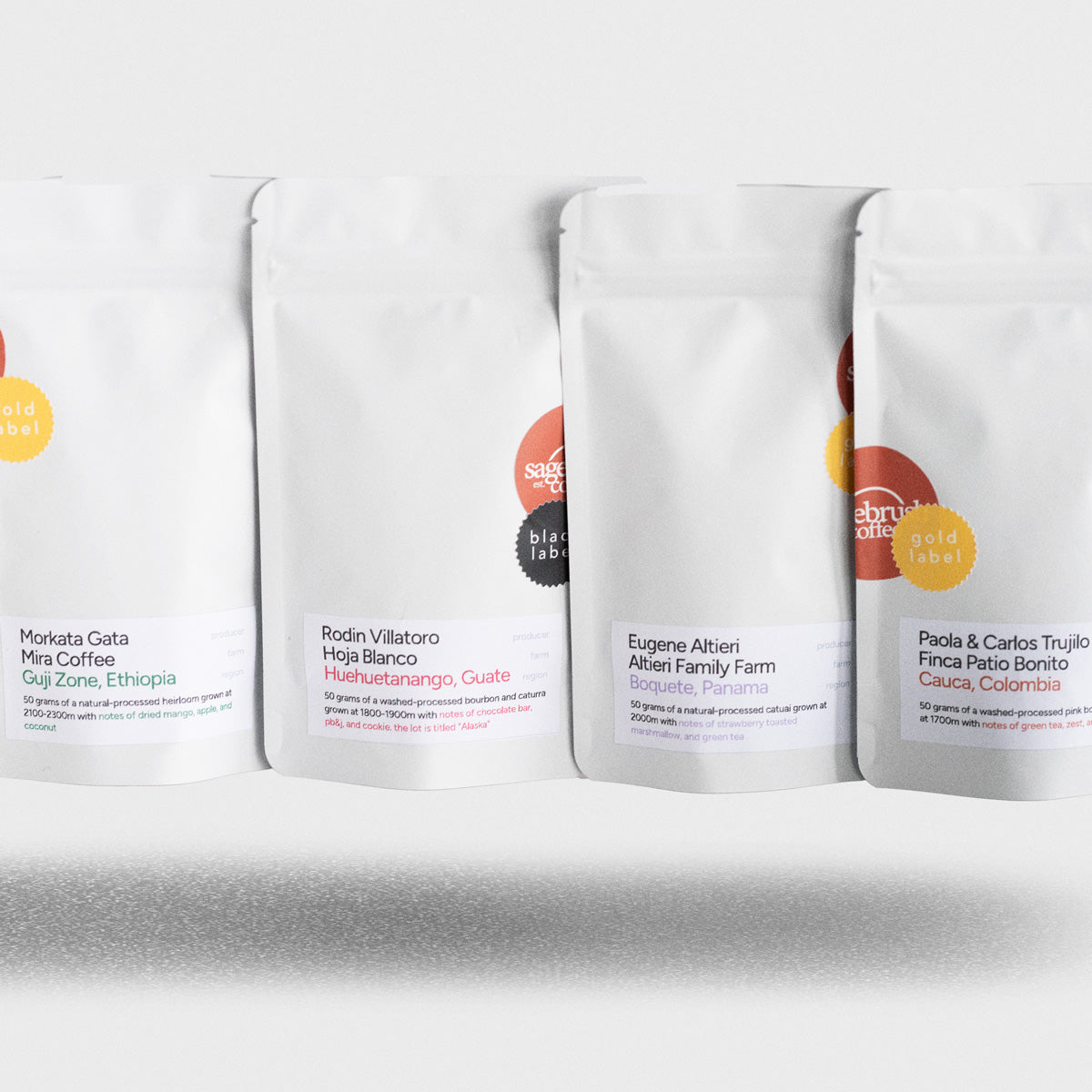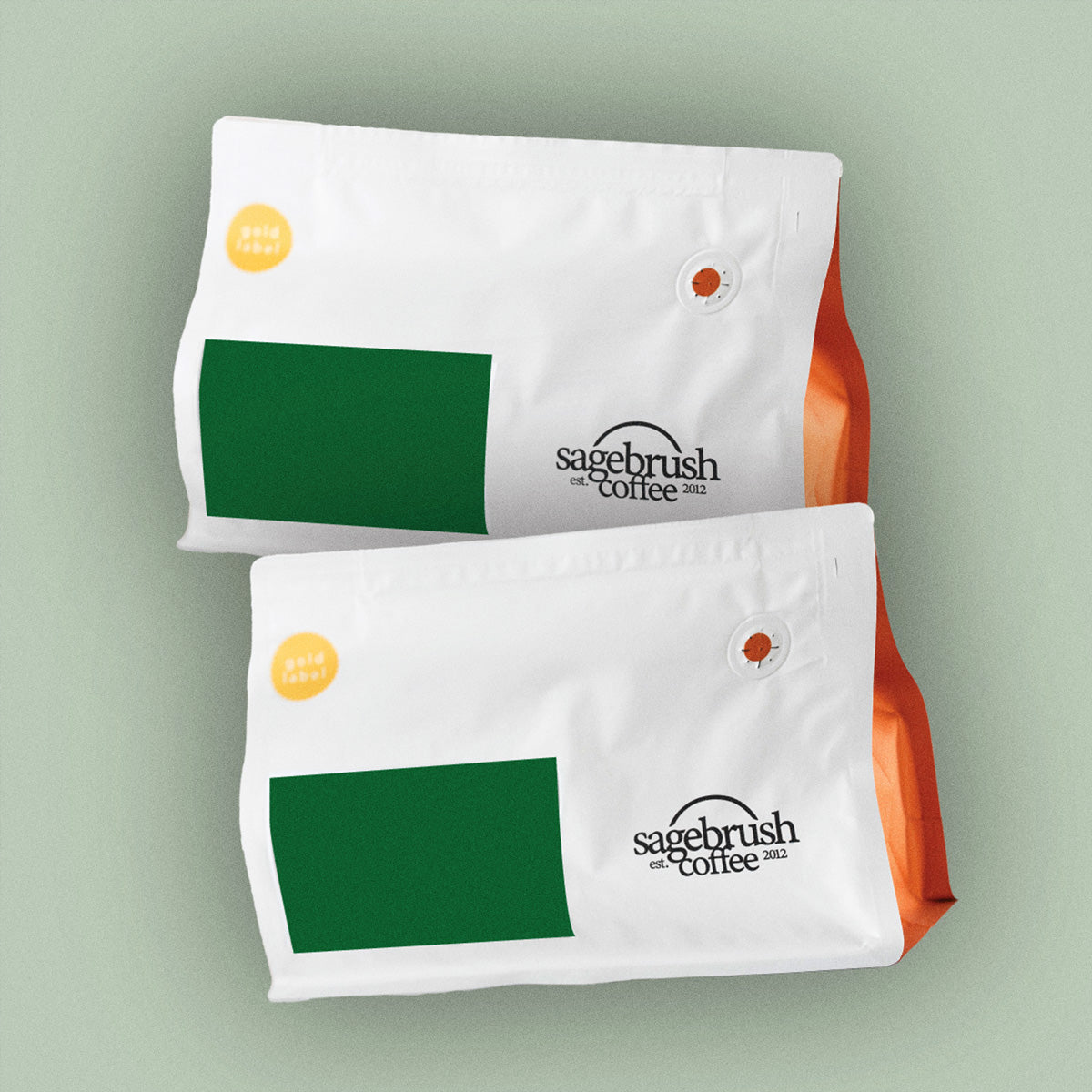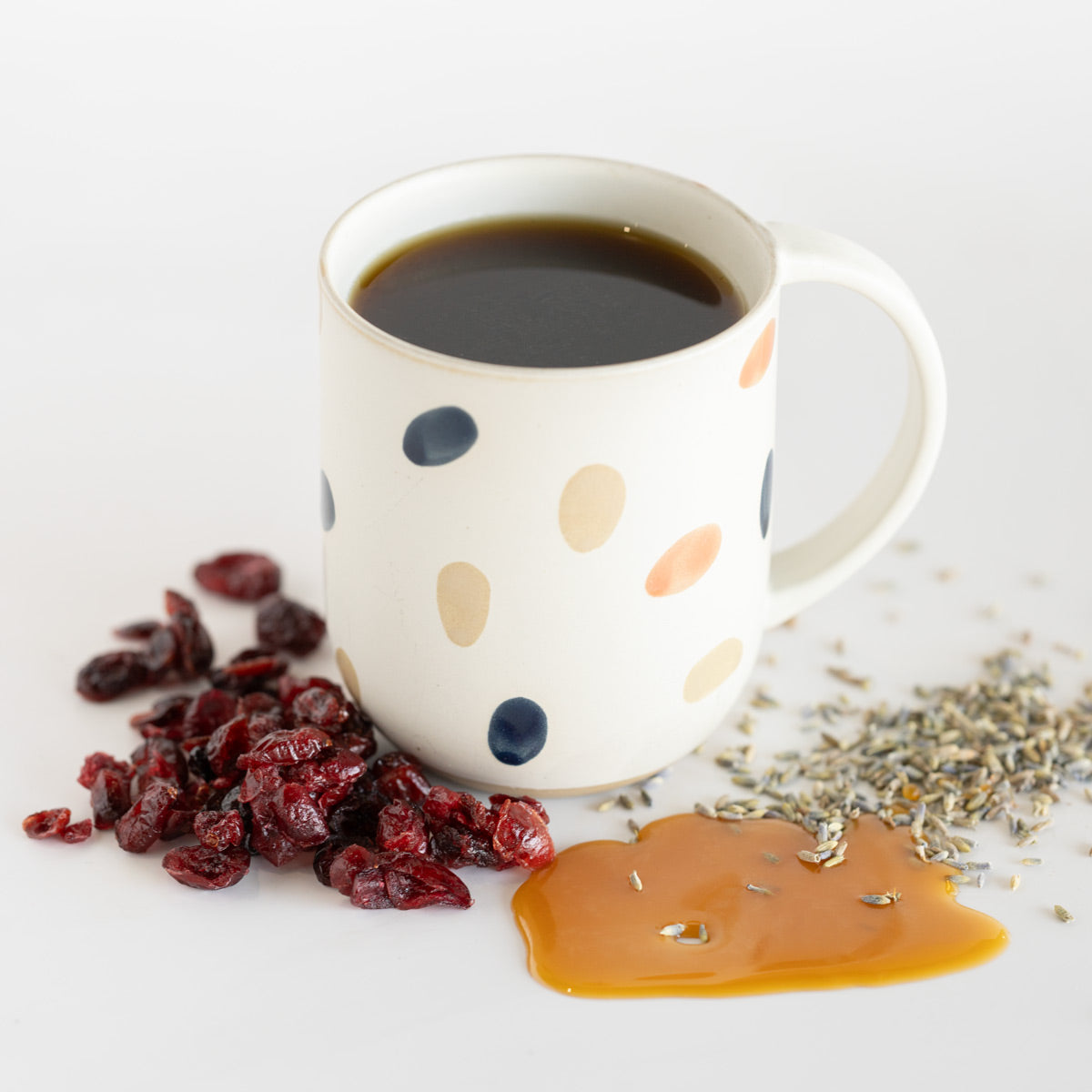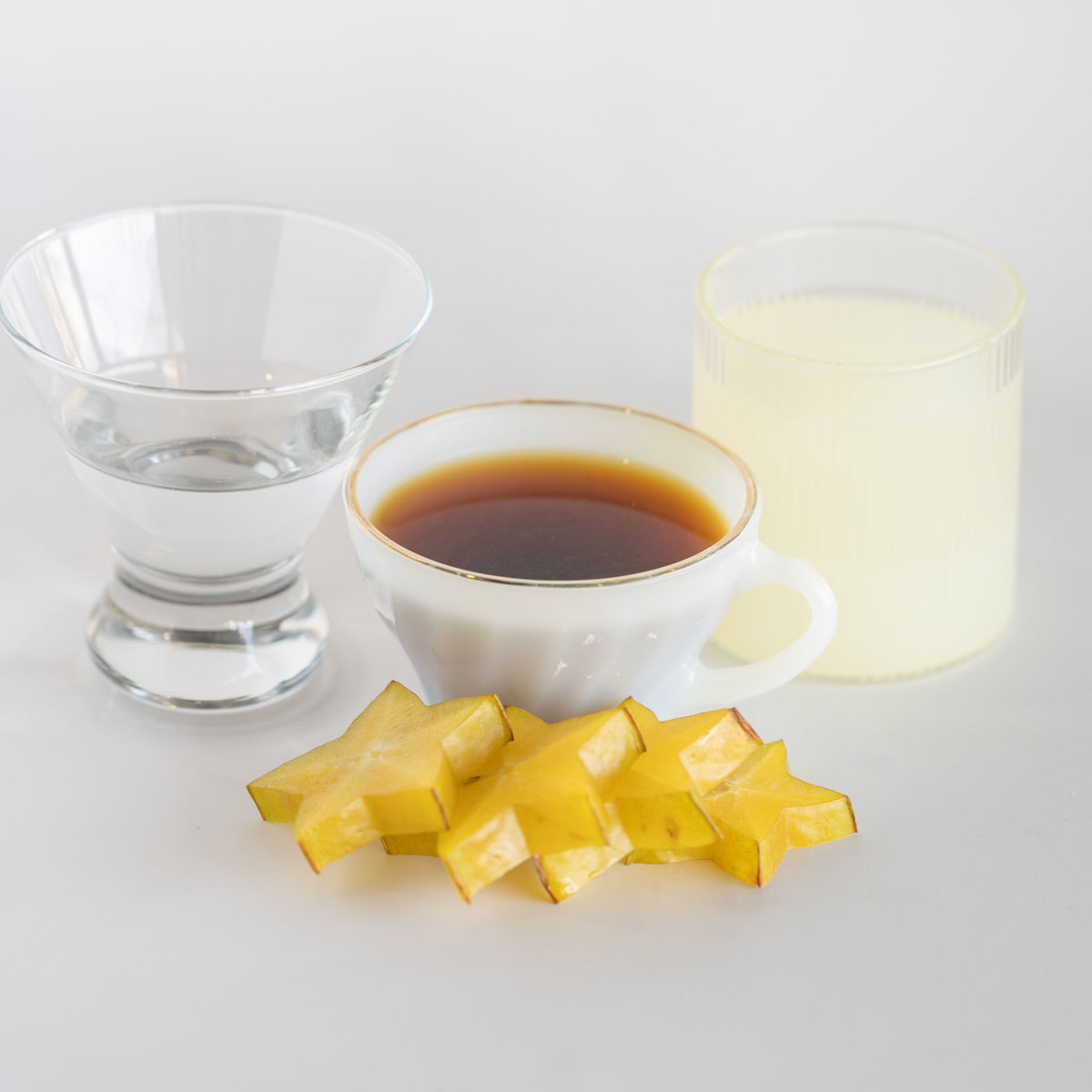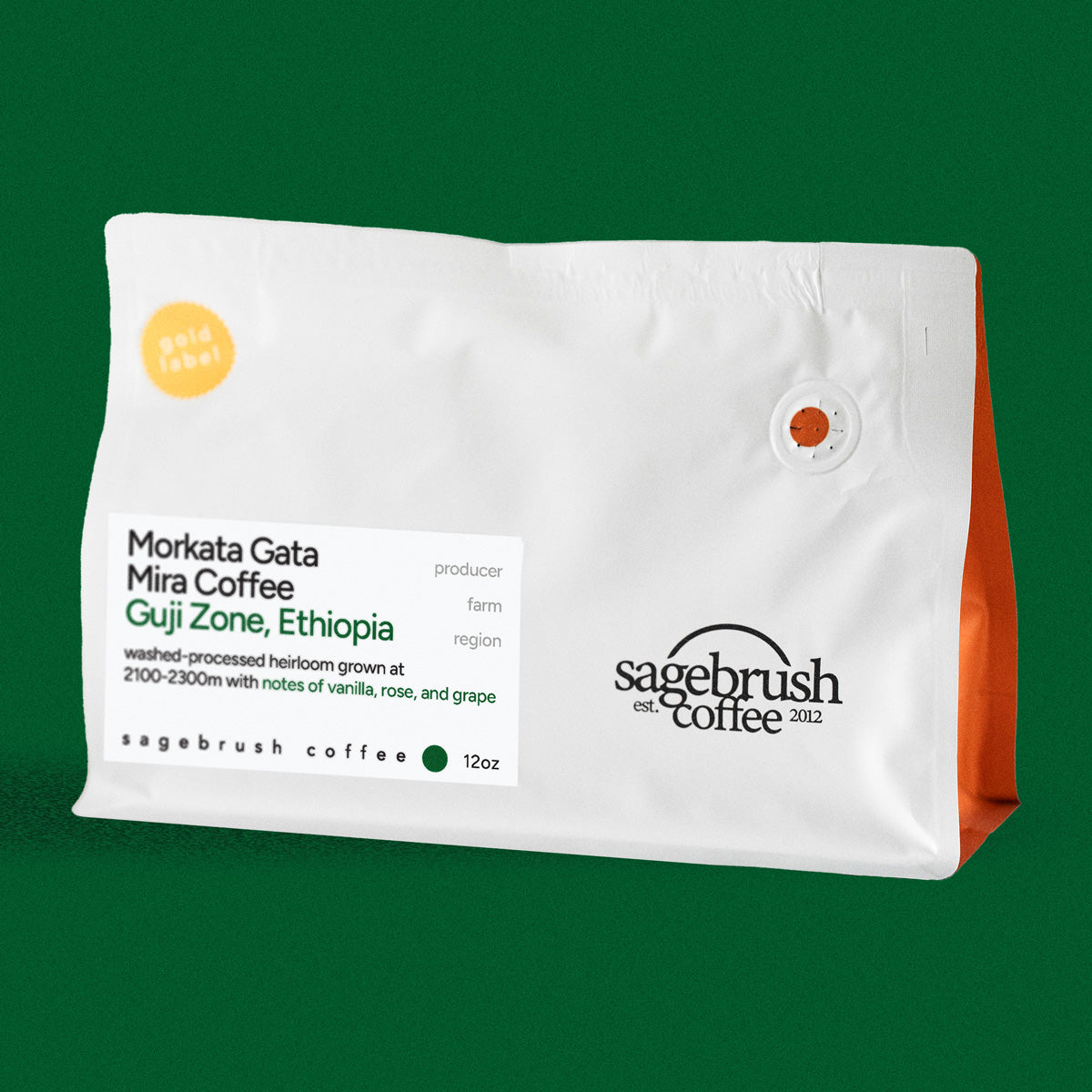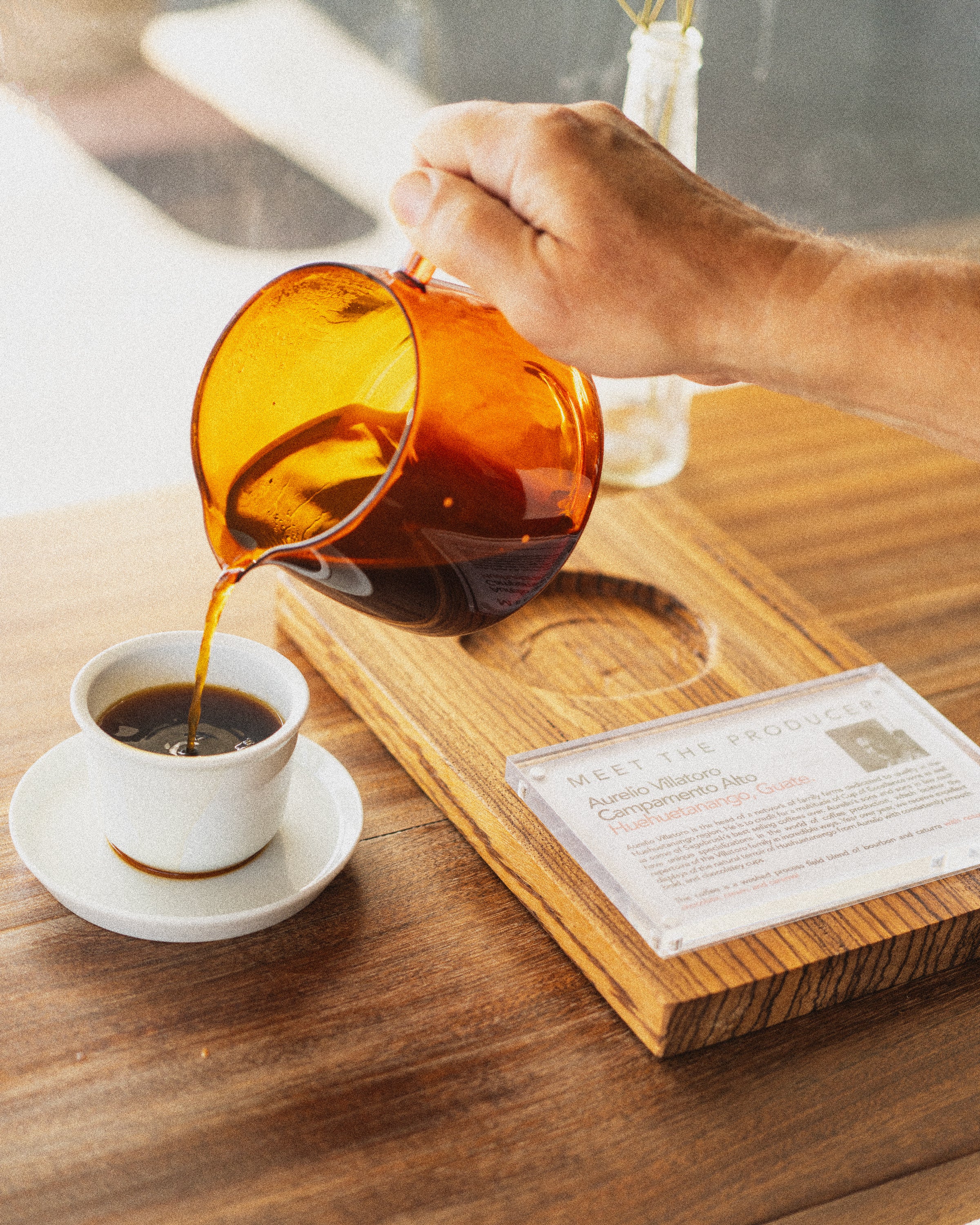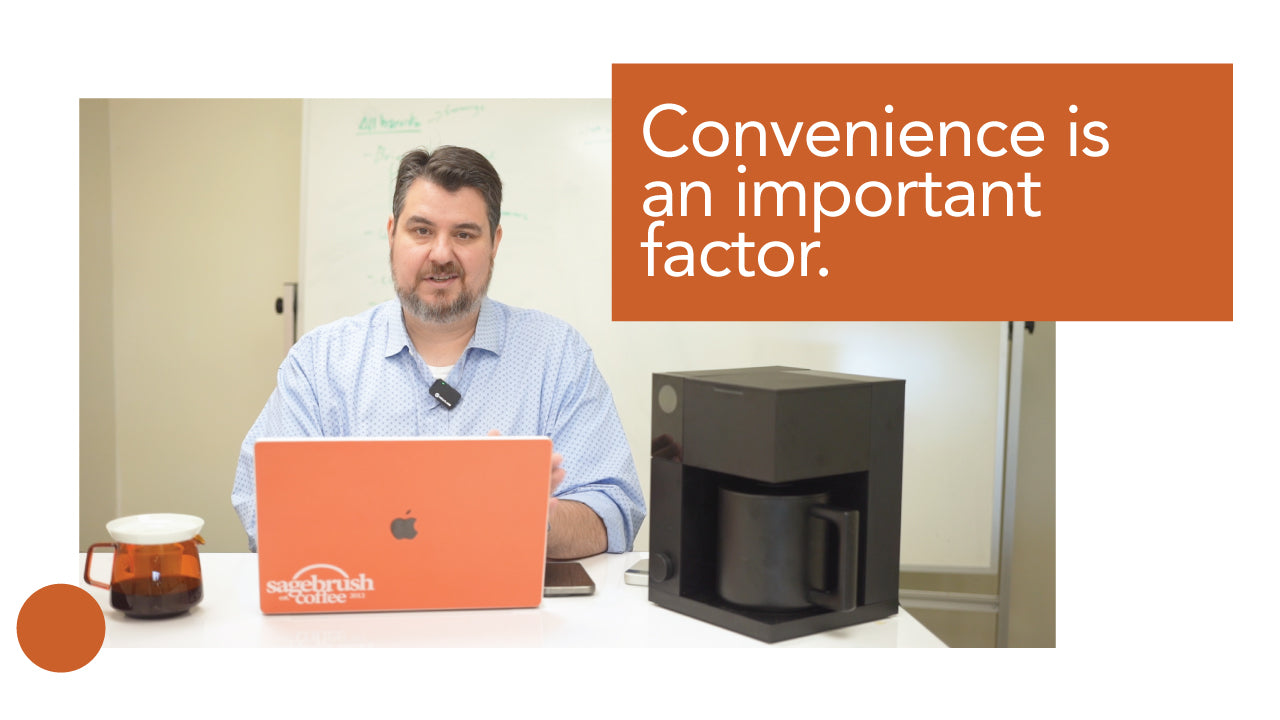Overview of Coffee Brewing •
Read our overview of brewing articleBrewing Coffee: The History of the Cold Brew Method
Brewing Coffee: The History of the Cold Brew Method
History
Cold brew is one of our favorite ways to get through Arizona summers, smooth, bold, and never bitter. But while it feels like a recent trend, the method actually dates back over 400 years.
It started in Japan in the early 1600s, and it wasn't even coffee. The Japanese used cold river water to steep tea over long periods, extracting flavor without heat. When the Dutch occupied Japan in the mid-1600s, they adapted the technique for coffee. The result was a concentrate that didn't require an open flame, a big deal on wooden ships, and stored well during long voyages. They bottled it, sold it in port cities, and brought it back to Japan. Kyoto became a hub for further development, and when you hear "Kyoto-style cold brew" today, it usually refers to siphon systems that drip water through coffee one drop at a time.
Cold brew kept spreading. It was easy to make, easy to store, and easy to transport—which made it a favorite among military troops. In the 1800s, the French started cutting their coffee grounds with chicory root to make cold brew more affordable. Turns out, people actually liked the flavor. That chicory-laced version made its way to New Orleans, where it's still a thing today.
The modern push came in the 1960s. Todd Simpson, an American chemical engineer, used cold brew concentrate to fuel a botanical expedition in Peru. He discovered it worked great with cold water and ice, but also with hot water. That insight led him to create the Toddy cold brew system, which we still use and recommend for both home and commercial brewing.
From there, cold brew exploded. By the 2000s, it was everywhere. Now you can grab it at any coffee shop, pick up a can at the gas station, or make it at home with minimal effort.
Cold Brew vs. Iced Coffee
The key difference is heat. Iced coffee is brewed hot and poured over ice. Cold brew never touches heat, it steeps in cold water for 12–24 hours.
That distinction matters. Because cold brew skips the heat, it extracts fewer of the bitter, acidic compounds that hot water pulls out. The result is smoother, sweeter, and easier on sensitive stomachs. We tend to use coffees with creamy or chocolatey notes for our cold brew rather than fruity or floral ones, those bolder flavors shine in this method.
One thing to know: cold brew packs more caffeine. A 16-ounce cold brew typically has over 200 mg, compared to around 165 mg for iced coffee and 150 mg for a shot of espresso. Great if you need the boost. Worth watching if you're trying to cut back.
Featured collection
Taste of Ethiopia • Combo 2 Pack
Eugene Altieri • Washed-Processed Gesha
Morkata Gata • Washed-Processed Guji Heirloom


